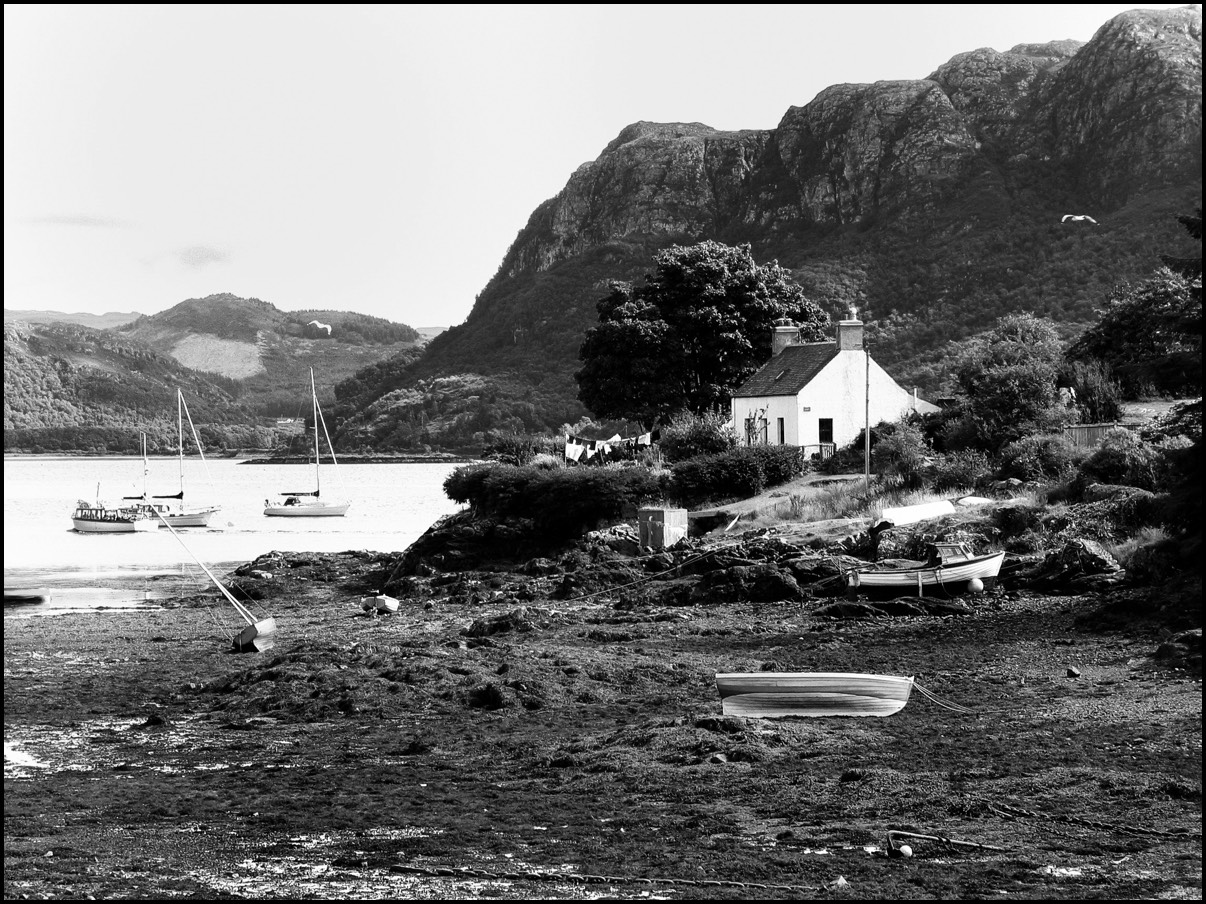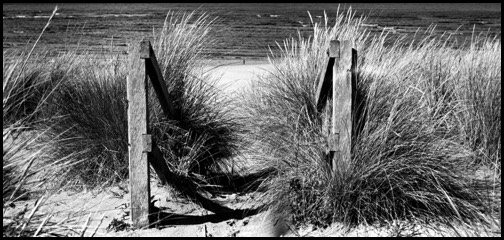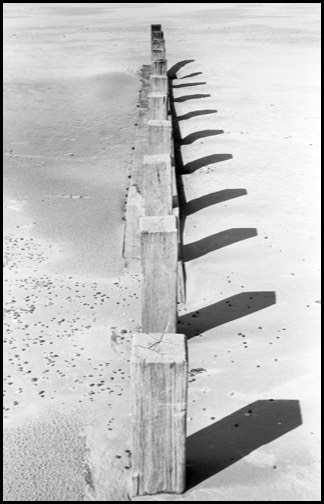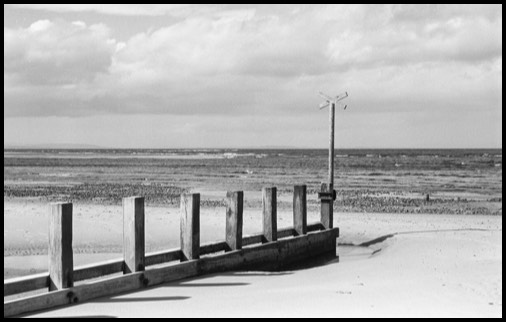Pictorial Planet
Please become a Patreon of my work. You get special videos just for Patreons. You also support my website and YouTube work. Just check out the two tiers and decide what you might want as value benefits. Just click the link below…
510-Pyro
Subscribe now to my new YouTube channel for tricks and tips on developers, darkroom work and photography.
Subscribe to our new newsletter!

510-Pyro is one of the new generation of staining and tanning developers, and said to be similar to Pyrocat or PMK. It was formulated by Jay DeFehr in the USA and arrived on the scene with claims of very fine grain, high acutance, good stain, and extreme longevity. We've heard these before right? However, as the developer became more widely used, and people started testing it for themselves, a following took shape with photographers reporting good results with both normal development, stand and semi-stand techniques.
I found it remarkable that the developer is used at dilutions from 1+100 or 1+200 for normal development, and up to 1+500 for stand development (move over Rodinal!).

TMax-400 with 510-Pyro - Stand development 20 minutes at 24c. Very sharp combination with great contrast. It's good to see a pyrogallol based developer that works so well with modern T-Grain emulsions. Original formula with 0.25g phenidone.
The developer uses Pyrogallol, the second oldest developing agent ever used (after gallic acid). It became very popular in the late 19th century until displaced by the ubiquitous Metol. However, pyrogallol has two main advantages over metol. These are:
1. An oxidisation stain created by Pyro, which becomes a natural filter to tame highlights and ease printing, especially with graded papers.
2. Tanning or hardening of the gelatine emulsion which both protects the negative from damage and reduces developer movement through the emulsion creating higher beneficial acutance in the image.
These two benefits are enormous when done right; and the hunt for a way to use Pyro has continued for over a century. 510-Pyro claims to have achieved not only these two benefits (as PMK did in 1991 right?) but also the Holy Grail of photography, ultra fine grain with high sharpness. I want to add yet another additional benefit for me, a single solution stock (no mixing of A, B) that keeps for years.
That's a long list of impressive claims so maybe it's time we looked at DeFehr's 510-Pyro more closely and gave it a run for it's money against the other make at home formulas PMK and Pyrocat.
Formula
Formula for 510-Pyro stock:
TEA (Triethanolamine) 75ml
Ascorbic Acid 5g
Pyrogallol 10g
Phenidone 0.375g *
TEA to make 100ml
* Updated from the original 0.25g of phenidone by Jay DeFehr "To optimise the three way relationship between pyrogallol, ascorbic acid and phenidone"
Use 1+100 through 1+500 with water.

TMax-400 with 510-Pyro - Stand development 20 minutes at 24c. Plenty of shadow detail here and tamed highlights. This method of stand development means you can process multiple films of different ISOs in the same development tank for the same time. Old formula.
The developer is designed to be extremely long lasting as stock. TEA, an organic solvent, is now well know as a preservative after the great work by Pat Gainer in this field. Unlike water, TEA does not dissolve oxygen and therefore protects the developing agents for years. Previously the king of longevity was Rodinal keeping for so long it turned brown like old tea but still worked well. PMK also keeps very well (a few years) as does Pyrocat in glycol. As film photographers we never know how many times we'll develop films and so keeping quality is very important: just ask anyone who's developed their precious film only to find the developer has gone bad. So 510-Pyro's use of TEA as a solvent and protector from oxidation is ideal, 510-Pyro will last for years.
Developing Agents
The developing agents used in 510-Pyro are Ascorbic acid, Pyrogallol and Phenidone. An unusual combination. Of course, utilising TEA as a solvent removes the need for an anti-oxidant/preservative, so there's no sulphite required. The TEA also provides the alkalinity to activate the developing agents so no accelerator required. DeFehr later balanced the formula by increasing the phenidone from 0.25g in the original recipe to 0.375g in the new.
Darkroom Printing
Darkroom printing, with a pyrogallol based developer like 510-Pyro or PMK, won't give you the contrast in the highlights that you might want. Barry Thornton showed that the green/yellow stain of pyrogallol works as a soft filter with multigrade papers whereas the brown stain of a pyrocatechin developer (Dixactol Ultra, Prescysol, Pyrocat HD) gives better highlight contrast. This is one reason I've personally chosen to use pyrocatechin developers like diXACTOL, Prescysol and Pyrocat. If you're a scanning worker you won't be as effected by the colour of the stain so 510-Pyro or PMK might be your preferred choice.
My book describes the best ways to develop with 510-Pyro.

TMax-400 Stand development - old formula
Video of how I make 510-Pyro on my YouTube Channel.
Dixactol Ultra, the ultimate in pyro developers by Barry Thornton
Exactol Lux, for fine art photography
Prescysol, a powerful balanced general purpose pyro developer for all films Prescysol EF, Extra Fine grain development with this unique proprietary pyro-glycin formula
Pyrocat
PMK

